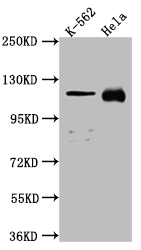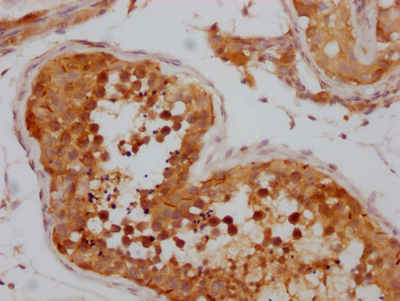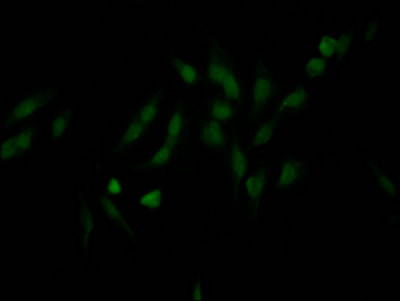The nucleoporin NUP98 is a structural component of the nuclear pore complex (NPC) and a chaperone in the transport and export of messenger ribonucleoprotein particles to the NPC, through the nuclear envelope, and into the cytoplasm. NUP98 has been linked to the regulation of transcription and RNA metabolism. Nup98 primarily serves as an activator with a preference for promoters of genes involved in the development, cell signaling, and cell cycle-related processes. Additionally, human Nup98 plays a role in the transcriptional memory of interferon-induced genes by interacting with their promoters. NUP98 fusions are most common in myeloid malignancies, specifically AML, CML-bc, and MDS.
To produce this recombinant NUP98 antibody, we needed to get the gene sequence of the antibody. B cell screening was used in the process. Once the sequence was obtained, it would be lead to the expression plasmids so that the NUP98 antibody can be expressed in mammalian cells. Moreover, this recombinant NUP98 antibody was validated in ELISA, WB, IHC, IF.








